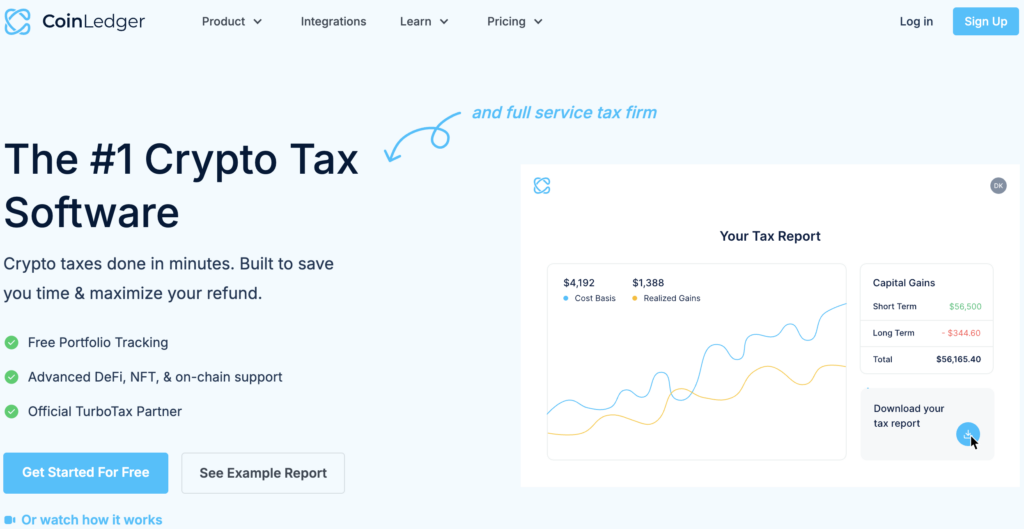Multi-Level Marketing Companies Explained: Risks, Rewards, and the Crypto Link
0
0

Multilevel marketing (MLM) is a business model in which individuals, often referred to as distributors or representatives, earn income not only through direct sales of products or services but also by recruiting new participants into the organization. This structure of multi level marketing companies creates multiple tiers of commission payouts, rewarding participants for the sales made by their recruits and those recruits’ recruits, and so on.
While MLM companies have been around for decades—such as Avon and Amway—they have also found new life in the digital era, including the burgeoning world of cryptocurrencies. While blockchain technology reshapes industries, understanding how MLM structures intersect with crypto projects is crucial for crypto traders as well as others.
Historical Evolution of MLM
The roots of MLM trace back to the 1930s, but it was in the 1950s and 1960s that companies like Avon and Tupperware popularized the “party plan” and direct-selling approaches. These pioneers established the template: low upfront costs, reliance on personal networks, and incentive-driven recruitment.
Over time, the model evolved into more complex compensation plans, with companies such as Herbalife and Mary Kay demonstrating both the potential for rapid growth and the controversies surrounding recruitment-focused earnings. Today’s MLM landscape blends traditional door-to-door and in-home presentations with social media outreach, livestream events, and e-commerce platforms, enabling rapid expansion but also amplifying regulatory scrutiny.
The MLM Business Model Explained
At its core, an MLM compensation plan comprises two primary income streams: retail commissions on product sales and override commissions on the sales of recruited downlines. Distributors purchase inventory—often at wholesale prices—and sell at retail margins, earning a direct profit. Simultaneously, they recruit others, receiving a percentage of their recruits’ sales, which can extend across multiple levels or “generations.”
Common plan structures include binary, matrix, and unilevel systems, each with rules on how many recruits per level, depth of commission, and qualification criteria for bonuses. While top-tier distributors can achieve significant earnings through deep networks, the complexity of compensation plans often obscures the actual income distribution among participants.
Advantages of MLM for Companies and Distributors
MLM companies get several attractive features:
- Low Marketing Costs: Companies rely on independent distributors for sales and recruitment, reducing traditional advertising expenses.
- Rapid Market Penetration: The viral nature of network growth can lead to exponential expansion when distributors actively recruit.
- Entrepreneurial Appeal: For participants, MLM presents a low-barrier entry into entrepreneurship, with minimal startup costs and flexible working hours.
- Community and Training: Many MLM companies provide training, motivational events, and online communities, fostering a sense of belonging and support.
These factors explain why MLM remains a popular business model, even as critics highlight significant drawbacks of the multi level marketing companies.
Criticisms and Risks: Pyramid Scheme Concerns
A major critique of MLM is its resemblance to illegal pyramid schemes. Pyramid schemes focus primarily on recruitment fees rather than genuine product sales, leading to unsustainable structures where early participants profit at the expense of later recruits. Research indicates that only about 25% of MLM participants ever turn a profit, with approximately 50% losing money and 27% breaking even.
A Tennessee Law Review study further reveals that false promises pervade MLM sales pitches, and the vast majority of recruits abandon their ventures quickly, having seen little to no return on investment. These statistics underscore the importance of understanding compensation plans, inventory buyback policies, and realistic income disclosures before joining any MLM.
Regulatory Landscape and Consumer Protection
Regulators worldwide have taken notice of the practices of MLM companies to protect consumers from deceptive earnings claims and pyramid-like structures. In the United States, the Federal Trade Commission (FTC) provides non-binding guidance for MLM businesses, emphasizing transparent income disclosures, inventory buyback provisions, and the primacy of retail sales.
In January 2025, the FTC proposed new rules to deter deceptive earnings claims by requiring clearer disclosures and imposing stricter oversight on compensation structures. Similar measures exist in the European Union and countries like Australia, where regulators mandate cooling-off periods and limit inventory purchases to curb exploitative practices.
The Convergence of MLM Companies and Crypto
The decentralized and borderless nature of blockchain has attracted multi level marketing companies and entrepreneurs seeking novel monetization strategies. Unfortunately, this convergence has also given rise to high-profile crypto MLM scams. OneCoin, founded in 2014, masqueraded as a revolutionary cryptocurrency but operated without a blockchain, ultimately defrauding investors of over $4 billion in a classic Ponzi structure.
Similarly, BitConnect offered massive returns through a lending program paired with referral bonuses, collapsing in 2018 and leaving countless investors with worthless tokens. These cases illustrate how MLM compensation incentives can be abused in the crypto space, exploiting the hype around digital assets to lure investors into fraudulent schemes.
Legitimate Crypto Referral Programs vs. MLM
Not all crypto projects employ exploitative MLM tactics. Many reputable platforms use straightforward affiliate or referral programs, rewarding users for bringing new customers without the multi-tiered complexity of MLM. For example:
- BitDegree: Offers tiered referral bonuses based on new users’ course purchases, with transparent terms and no recruitment quotas.

- CoinLedger: Provides a flat commission for each new sign-up, capped at a single level, ensuring clarity and limiting potential abuse.

These programs focus on genuine user growth and product engagement, avoiding the pitfalls of pyramid incentives. When evaluating crypto referral offers, look for clear commission structures, no mandatory purchase requirements, and publicly disclosed payout histories.
Red Flags and Due Diligence
Before participating in any MLM or crypto-based referral scheme, conduct thorough due diligence:
- Examine the Product: Ensure the company offers a legitimate, in-demand product or service with verifiable retail sales.
- Analyze Compensation Plans: Avoid plans that reward recruitment over sales, have opaque qualification criteria, or require excessive inventory purchases.
- Check Regulatory Filings: Look for FTC or local regulator actions, investor warnings, or legal complaints against the company.
- Assess Leadership Transparency: Research company founders and executive teams for credible track records and public disclosures.
- Seek Independent Reviews: Read unbiased consumer reviews and watchdog reports, and verify income disclosures with third-party audits.
Applying these principles can help distinguish between sustainable network marketing opportunities and predatory pyramid schemes.
Conclusion
Multilevel marketing remains a compelling yet controversial business model, balancing entrepreneurial opportunity against significant risks of financial loss and regulatory scrutiny. In the context of cryptocurrencies, MLM structures have both legitimate applications in referral programs and dangerous potential for fraudulent schemes.
While blockchain innovations are reshaping finance, crypto traders must stay informed about the nuances of MLM and apply rigorous due diligence before engaging with any network-based opportunity. By understanding the mechanics, regulatory environment, and red flags, investors and aspiring entrepreneurs can navigate the MLM landscape—and its crypto offshoots—with greater confidence and safety.
0
0
 Manage all your crypto, NFT and DeFi from one place
Manage all your crypto, NFT and DeFi from one placeSecurely connect the portfolio you’re using to start.





